Descrição
 Compreendendo porcos porcos de pipeline
Compreendendo porcos porcos de pipeline
Um porco de porco de oleoduto, que significa "Gadget de intervenção de pipeline", é uma ferramenta usada para limpar ou verificar os tubos em todas as etapas no processo de transmissão de petróleo e gás. Acredita -se que o apelido de “porco” tenha se originado do ruído “gritando” que os primeiros modelos de porco (criados de palha e arame ou couro) produzidos enquanto viajavam por oleodutos.
Porquinho em oleodutos e gasodutos
A prática de incentivar a indústria de petróleo e gás é um aspecto vital da garantia de fluxo. Os porcos de pipeline são aproveitados para limpar, limpar e inspecionar oleodutos, garantindo sua operação suave. Somente profissionais experientes devem realizar porcos devido aos riscos potenciais envolvidos.
Introdução de porco de pipeline porco
O EMT é um designer líder e fabricante de uma ampla gama de porcos de pipeline, cada um projetado especificamente para aplicações específicas. Seu catálogo de produtos é extenso e inclui porcos para vários propósitos, como deslocamento líquido, limpeza, lotes, medição e até porcos especiais para tarefas únicas e desafiadoras.
A seleção de porcos de pipeline oferecidos pelo EMT não é apenas diversa em sua aplicação, mas também em sua construção. Eles estão disponíveis em diâmetros de até 60 polegadas, acomodando um amplo espectro de tamanhos de tubulação. Além disso, o nível de agressividade dos porcos pode ser escolhido com base na tarefa em questão, variando de porcos firmes de uretano a aqueles equipados com escovas de arame de aço para limpeza pesada.
Um dos pontos fortes do EMT são as opções de personalização e configuração que ele oferece. Eles entendem que todo pipeline é único e, portanto, requer uma solução personalizada. A EMT leva em consideração fatores como o diâmetro do pipeline, o tipo de substância sendo transportada, as condições internas do pipeline e os requisitos específicos do cliente. Ao fazer isso, eles garantem que todos os porcos que fabricam seja precisamente adequados para a tarefa para a qual se destina.
Esse compromisso com a personalização se estende não apenas às características físicas dos porcos, mas também à sua funcionalidade. Seja um porco para limpeza básica, inspeção avançada ou tarefas multifuncionais complexas, a EMT tem a capacidade de projetar e fabricar um porco que se encaixe na conta. Sua flexibilidade e adaptabilidade garantem que mesmo as condições mais complexas de pipeline possam ser efetivamente gerenciadas.
Métodos de porco e métodos de escolha
(1) Remoção de cera em oleodutos de petróleo bruto usando a tubulação de porquinho
Oleodutos de petróleo bruto que transportam óleo de cera freqüentemente encontra o acúmulo de cera ao longo das paredes do oleoduto. Quando a camada de cera atinge uma espessura significativa, torna -se necessário iniciar um processo de porquinho para limpar o oleoduto. Essa prática não apenas diminui os custos operacionais, mas também aumenta a capacidade do pipeline. Para executar esta operação, é importante selecionar porcos macios adequados e porcos mecânicos equipados com rastreadores de porcos.
O processo de porquinho do pipeline começa lançando um porco suave para avaliar o estado interno do pipeline. Depois que a integridade do oleoduto é verificada, os porcos mecânicos, um tipo de porco de pipeline, são introduzidos para a operação de limpeza. Esses porcos mecânicos abordam com eficiência impurezas e detritos na tubulação, alavancando seus escovas de aço para erradicar depósitos de cera e corrosão das paredes da tubulação.
(2) Métodos de porquinhos para gasodutos de gás natural usando porcos tradicionais
Os oleodutos de gás natural geralmente transportam gases como dióxido de carbono e sulfeto de hidrogênio. Esses gases podem formar hidratos na presença de água, resultando em bloqueios de oleodutos e equipamentos e riscos de segurança. Portanto, esses oleodutos requerem porcos usando porcos tradicionais, como porcos de tigela de couro, antes de iniciar operações. Esses porcos são particularmente eficazes para oleodutos que transportam gases úmidos, pois sua função principal é remover a água do oleoduto. Para esta tarefa, um porco reto conhecido por seu desempenho superior de vedação é frequentemente escolhido. Se o oleoduto se originar de um campo de porão ou gás contendo condensados de hidrocarboneto de luz, os porcos retos podem ser usados diretamente para remoção.
(3) Pigging de gasodutos de gás natural que transportam óleo misto e água usando porcos específicos de oleodutos
Para oleodutos de gás natural que estão operacionais por uma longa duração e transporte de fluxo em duas fases, podem surgir problemas como acúmulo de líquidos e corrosão interna da parede. Esses líquidos geralmente se acumulam nos pontos mais baixos do pipeline, levando a uma queda de pressão aumentada e uma área de fluxo reduzida.
Vários fatores podem influenciar a eficácia do processo de porquinho de um fluxo de duas fases: a taxa de fluxo permitida e a queda de pressão da mistura de gás-líquido, a razão de gás-líquido, a forma da seção longitudinal do oleoduto, a quantidade de líquido acumulado e o tamanho do instrumento de captura de plug. Nos sistemas de pipeline offshore, a parte inferior do riser e a altura do instrumento de armadilha para plugue líquido também desempenham um papel. Bolas e porcos de uso geral são normalmente usados para esses oleodutos. No entanto, porcos de pipeline com um desvio também podem ser empregados para o processo de porquinhos.
Melhores práticas para porquinhos seguros e eficientes de tubulações de gás natural de longa distância
(1) Planejamento adequado para operações de porquinhos: Garantir a segurança em Longance Distância Gaspa Natural Pipeline
O porquinho de tubulações de gás natural de longa distância traz riscos inerentes. O manuseio inadequado pode levar a um porco de pipeline ficar preso, necessitando de um corte de tubulação para recuperar o porco e causar vazamentos de gás. Portanto, as lições das operações anteriores de porcos enfatizam o planejamento cuidadoso. A etapa inicial no processo de porco deve estar lançando um porco reto para exploração e detecção para avaliar o estado interno do pipeline. As operações subsequentes de porco devem ser executadas metodicamente, alinhadas com circunstâncias específicas e priorizadas sobre a velocidade.
(2) Padrões detalhados de porcos: chave para um pipeline seguro e eficiente, porquinho
A complexidade e os riscos potenciais envolvidos na desgosto de tubulações de gás natural de longa distância exigem planejamento meticuloso e padrões precisos de porcos. Os trabalhadores devem primeiro montar todos os desenhos e dados relevantes do oleoduto para compreender os parâmetros específicos do pipeline e as condições do mundo real. Com base nisso, um plano de porquinho abrangente e lógico deve ser planejado, detalhando os procedimentos operacionais passo a passo.
As inspeções iniciais dos gasodutos podem ser realizadas usando porcos espumosos. Se o oleoduto estiver em boas condições com danos mínimos, um porco de xícara de couro em forma de borboleta poderá ser utilizado para tratamento adicional. Por exemplo, se os detritos na parede do tubo for menos de 20 kg, uma placa de alumínio de diâmetro adequado poderá ser empregada. Se o oleoduto estiver livre de grandes danos ou dobras graves, os porcos retos podem ser usados para transmissão bidirecional. É fundamental manter os procedimentos padrão estabelecidos durante o processo de porquinhos de pipeline e evitar apressar a tarefa.
(3) Porquinho eficiente de oleodutos de gás natural de longa distância: Papel da preparação e gerenciamento
Para supervisão e gerenciamento eficazes, os operadores de porcos devem ser preparados adequadamente antes de iniciar a operação de porco. Antes do porquinho, todos os componentes, como as válvulas de ingestão e escape, devem ser mantidos e inspecionados rigorosamente. Além disso, os exercícios de tecnologia de porcos devem ser reforçados para evitar faíscas causadas por colisões ou atrito durante o uso.
Certas etapas exigem atenção cuidadosa. Por exemplo, quando a bola de porco é coletada no cilindro, ela deve ser substituída por nitrogênio para reduzir sua diferença de pressão. Uma válvula de equilíbrio deve ser instalada na junta redutora do cilindro da bola. Durante um impulso lento, as válvulas de entrada e saída do cilindro da bola devem ser abertas sequencialmente, seguidas pelo fechamento de sua válvula de equilíbrio. Isso garante que a operação de serviço seja realizada com segurança e eficácia.
Conclusão
Os porcos de porquinhos de pipeline, projetados e fabricados por empresas como o EMT, são ferramentas essenciais usadas na indústria de petróleo e gás para limpeza, inspeção e manutenção de oleodutos. Disponível em uma variedade de tamanhos e níveis de agressividade, esses porcos podem ser adaptados a condições específicas de pipeline e requisitos do cliente. Eles são usados para vários propósitos, incluindo deslocamento líquido, limpeza, lotes, medição e muito mais. O tipo de porco usado depende da natureza da substância que está sendo transportada e das condições internas do oleoduto. Por exemplo, porcos macios e porcos mecânicos são frequentemente usados para a remoção de cera em oleodutos de oleas, porcos tradicionais para gasodutos de gás natural e porcos de uso geral ou aqueles com um desvio para oleodutos que transportam um fluxo bifásico. O uso do porco de porco apropriado e seguir os padrões e procedimentos detalhados de porquinhos garante a segurança, a eficiência e a eficácia das operações de pipeline.

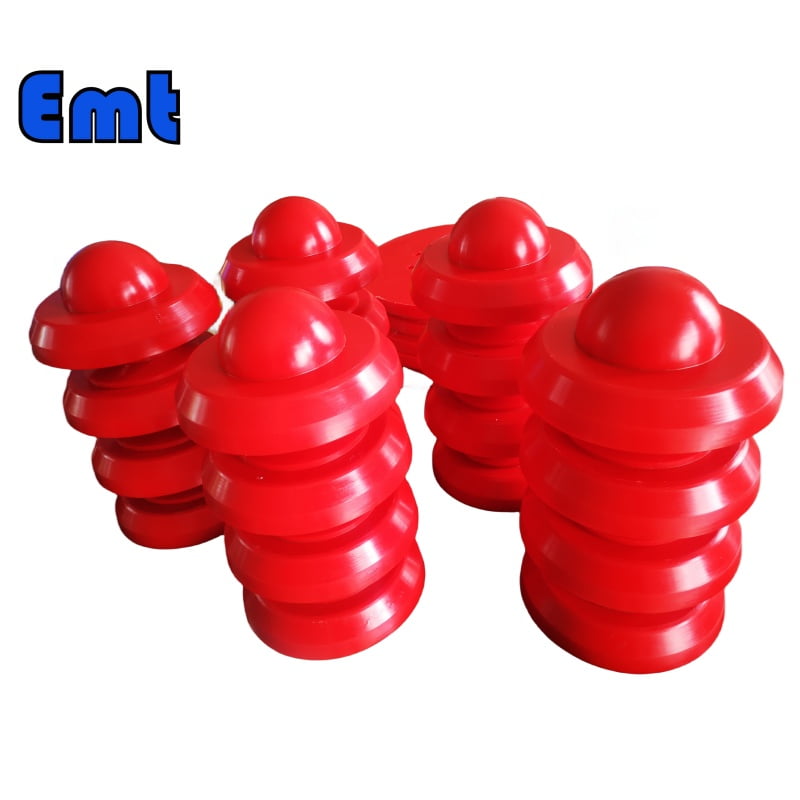
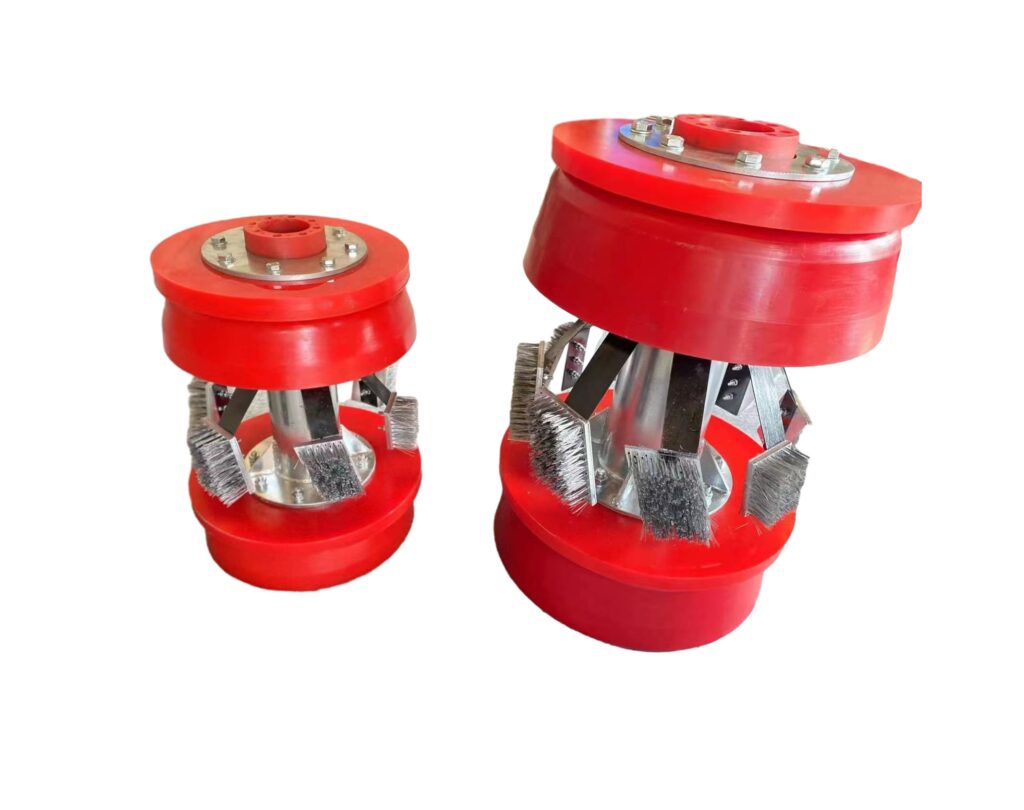 Compreendendo porcos porcos de pipeline
Compreendendo porcos porcos de pipeline
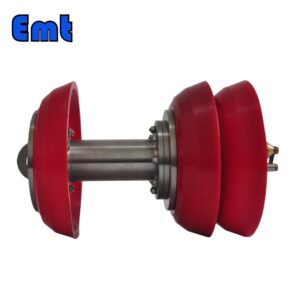
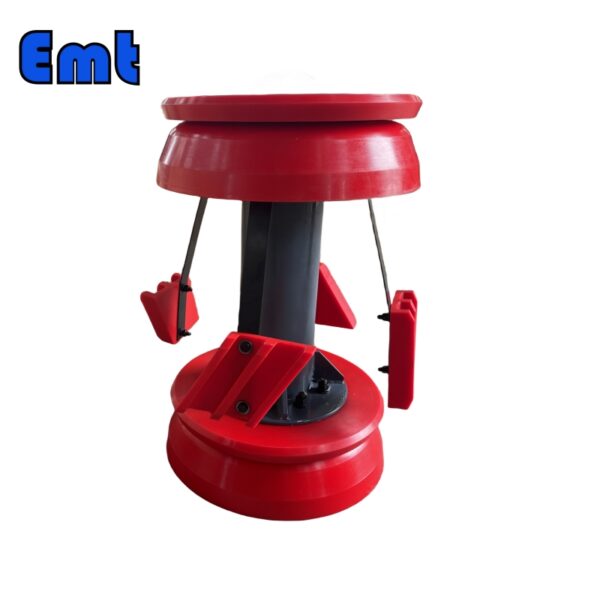
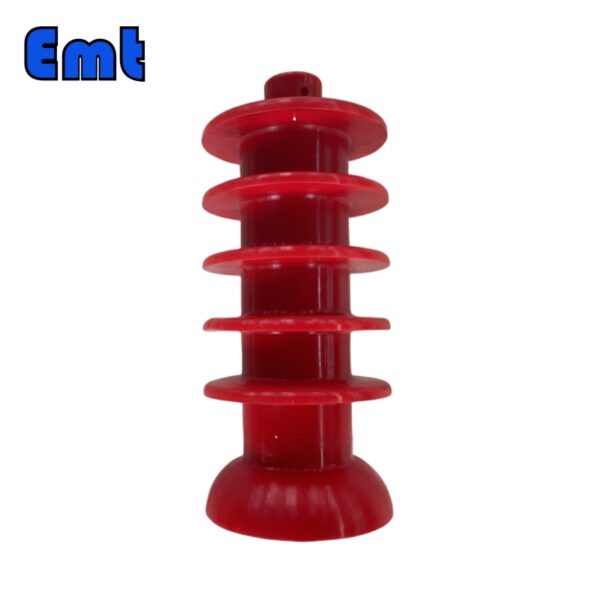
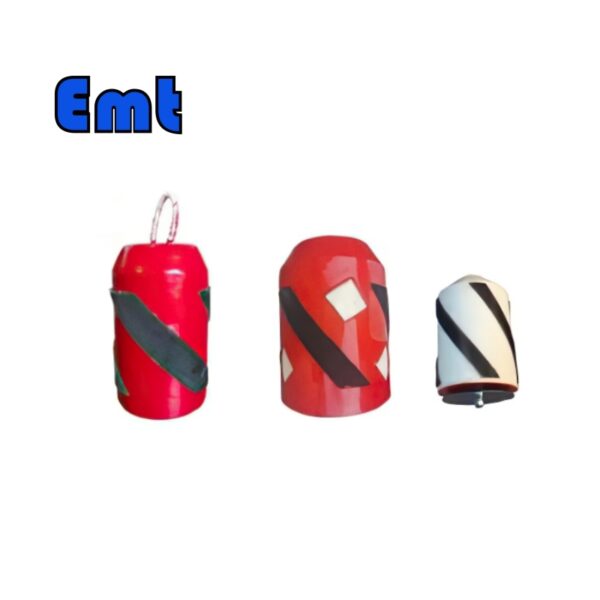
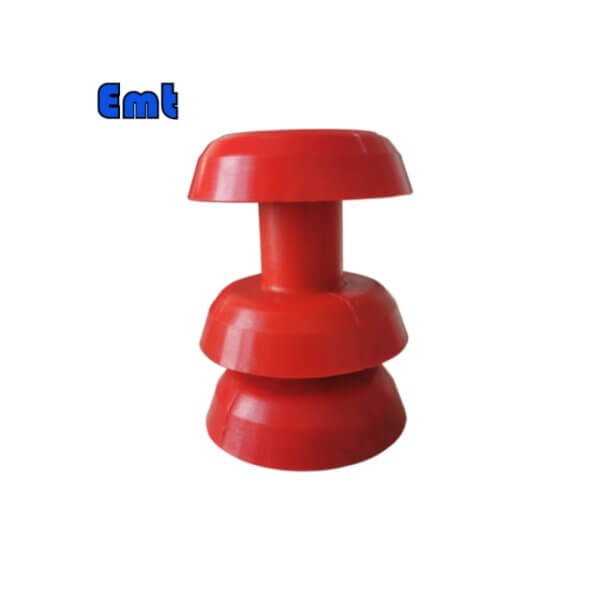
Avaliações
Não há comentários ainda.